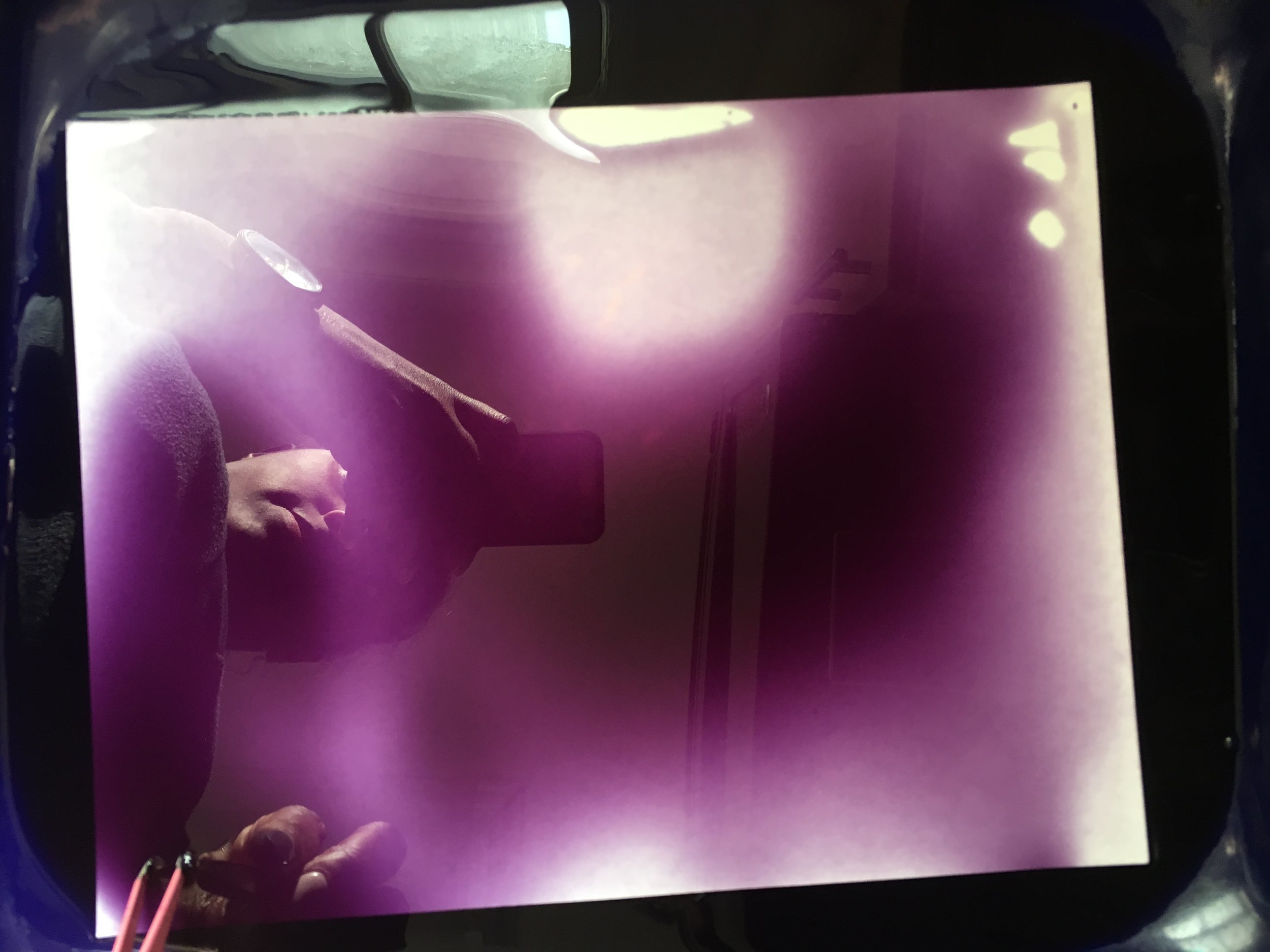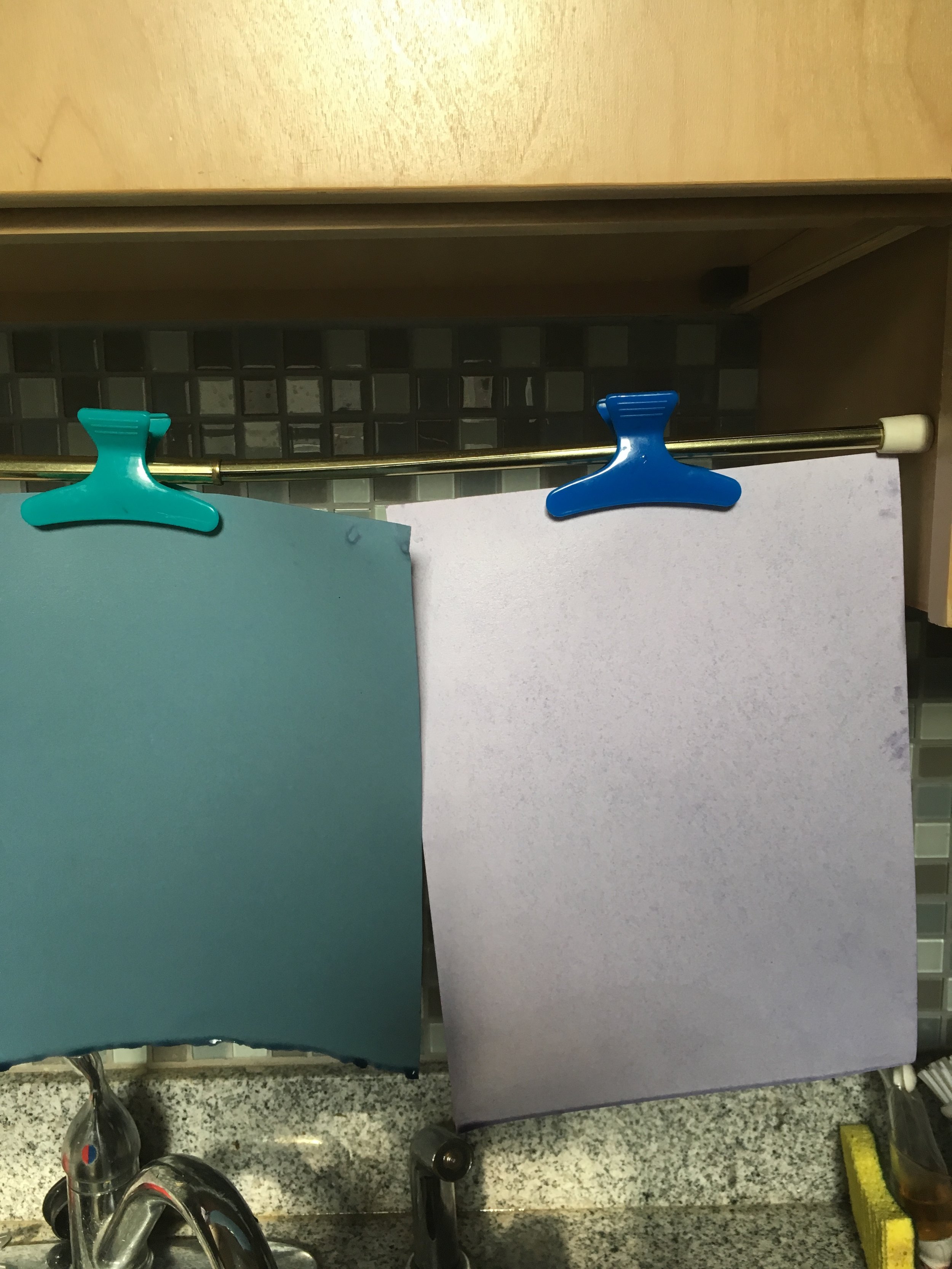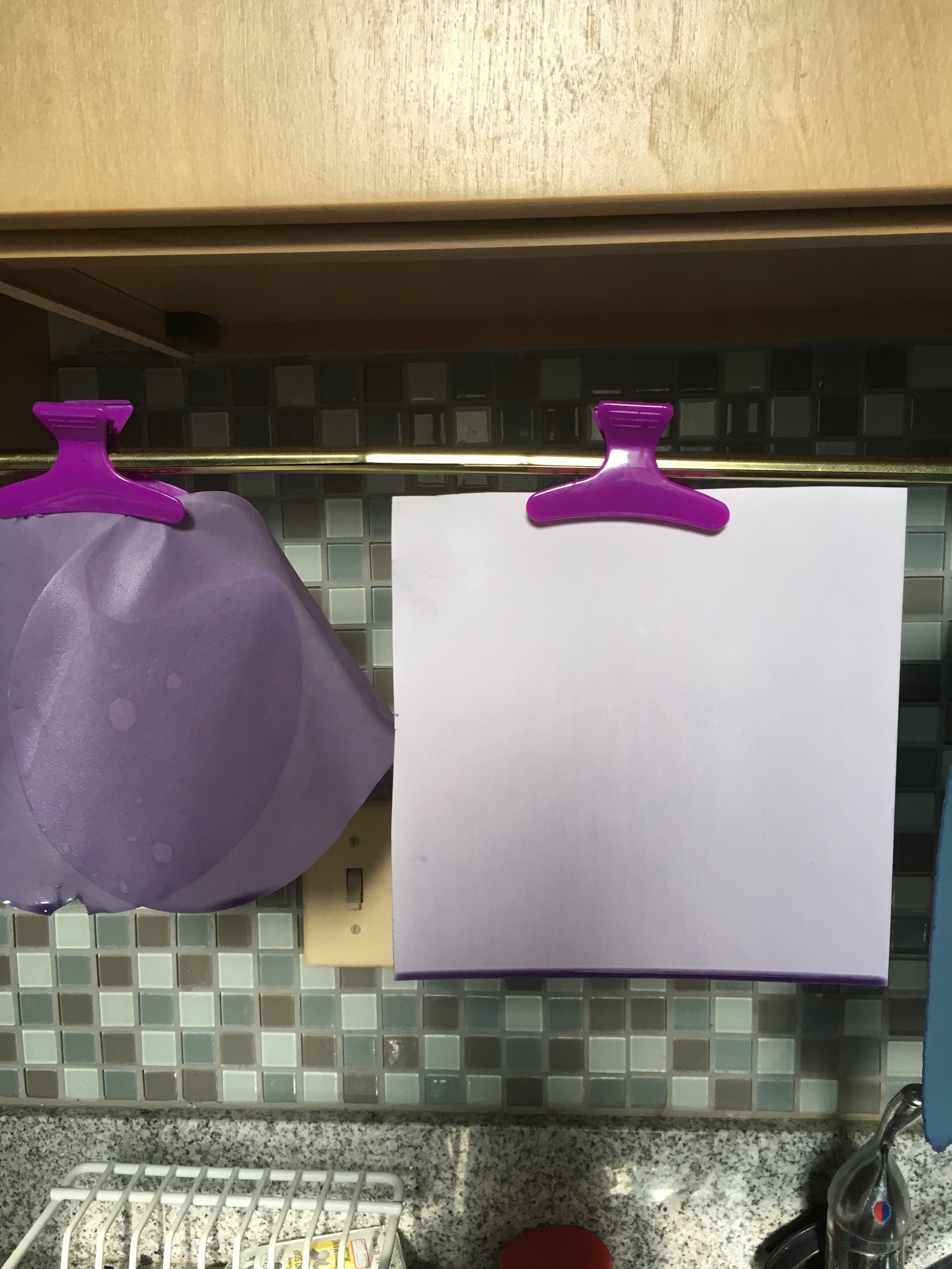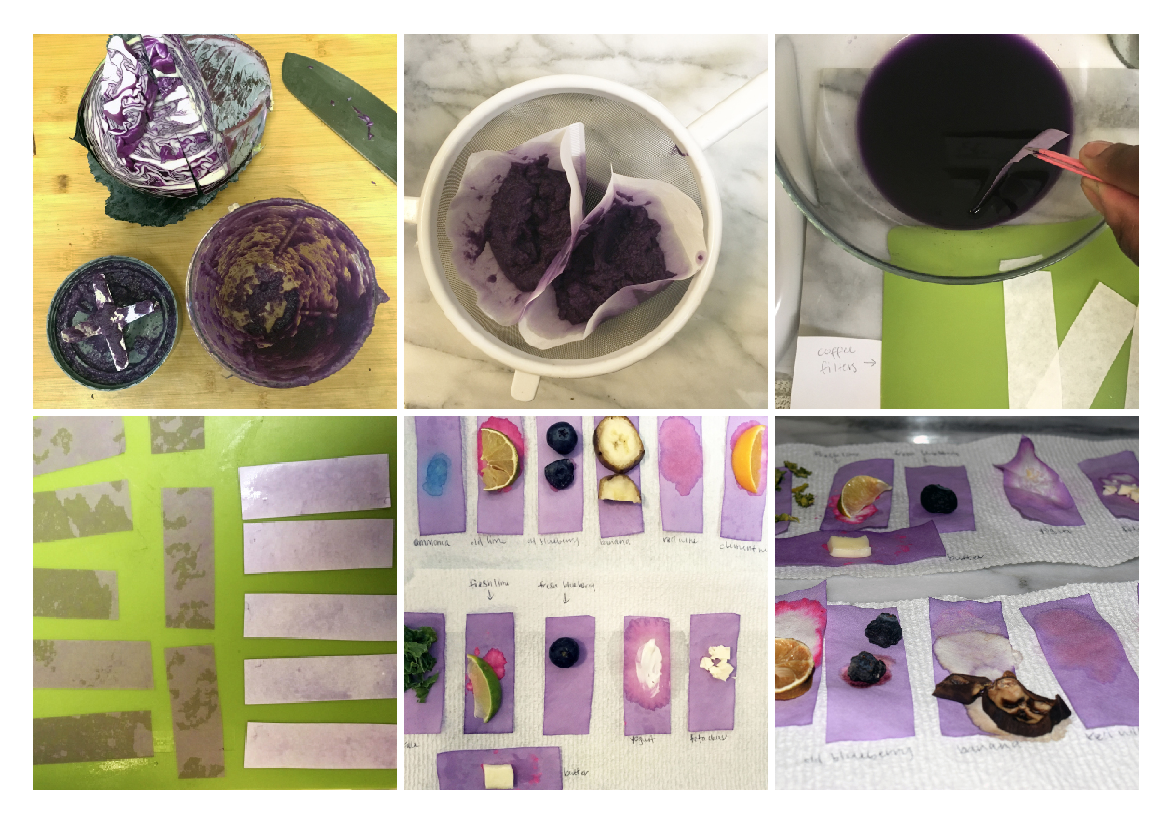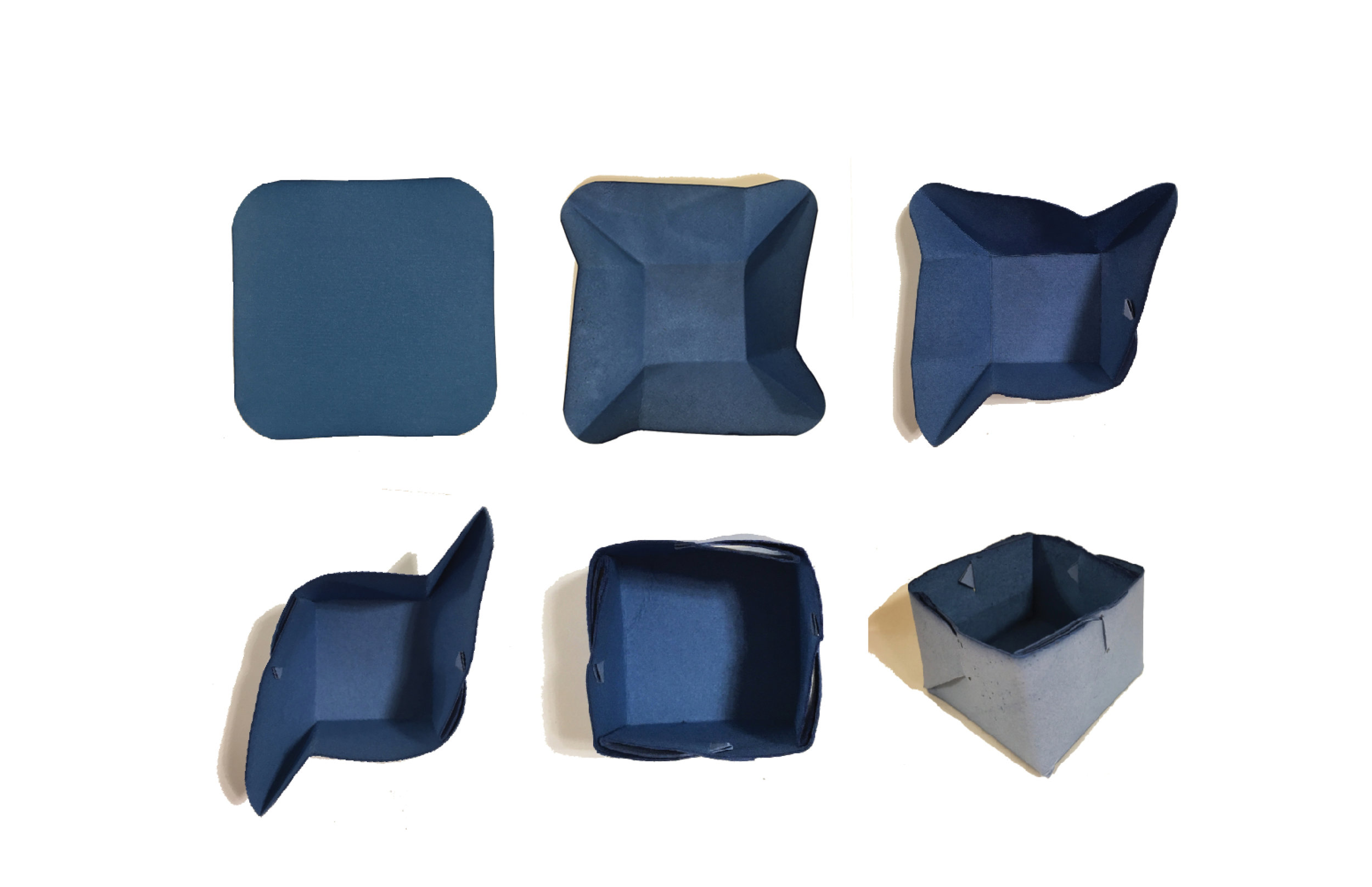Client
Academic Project
Brief
This project is an output of an interdisciplinary course at Maryland Institute College or Art that drew upon traditional crafts (such as origami) to explore emerging technologies of making.
Team
Bianca Jackson
Priya Pappu
Role
Design Direction
By creating homemade litmus paper and utilizing traditional origami techniques, my partner and I challenged users to think differently about their food with what we called “pH Plates”.
Testing & creating the litmus paper
The process of creating the litmus paper involved using red cabbage as a dye. Red cabbage contains a pigment molecule called flavin (an anthocyanin), and when combined with an acid turns red/pink.
Evaluating paper types and choosing plate fold
We knew that we wanted to create a food carrying apparatus, so we testing various paper types for structural integrity. In order to create a plate form, we studied some very simple origami folds. Ultimately, we decided on a fold that had just enough detail to be visually interesting, but also approachable and easy to carry.
Final Plate Design
Exhibition
Live Presentation & Gallery Walk
We conducted a live presentation with a gallery style exhibition at the end of the project. Since the purpose of the litmus paper plate was to alter your food eating experience, we conducted demos of the plates in action, as well as designed an artistic representation of a "food explosion" for passing viewers. This allowed all visitors to see and learn about the acid content of different fruits and vegetables.
Informative Poster
In addition, I designed a poster to convey more information about how the pH of certain foods can affect our bodies. This poster was meant to introduce the concept of balanced alkaline diet (general lifestyle diet where you eat more alkaline forming foods and minimize the intake of acid forming foods). We wanted to highlight the benefits of this diet. For example, a lemon is acidic in its raw form, but it is actually alkaline forming in the body which aids in digestion.

